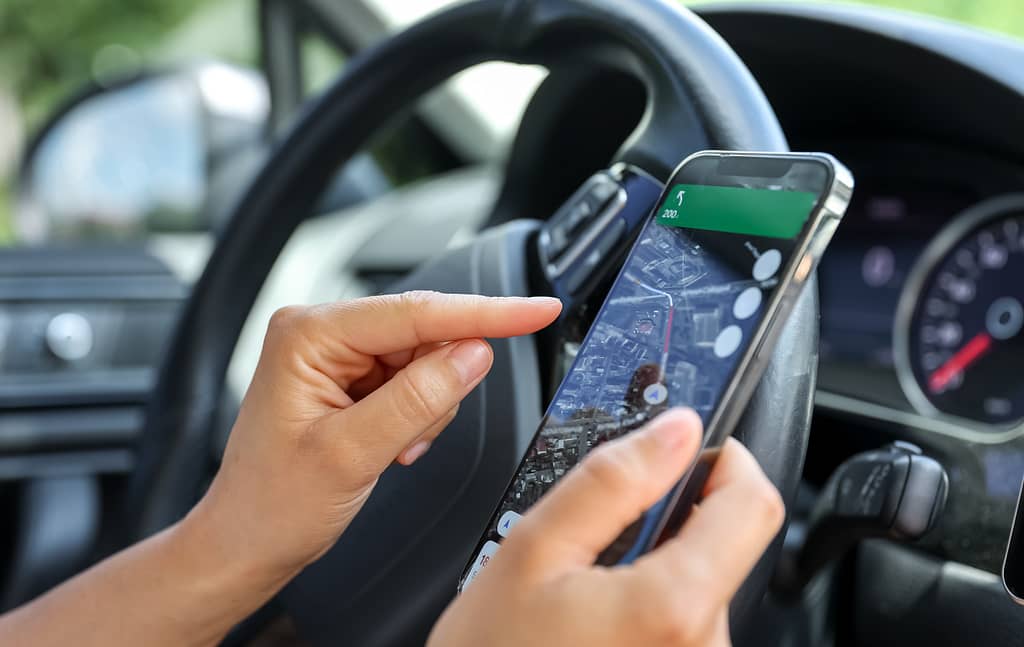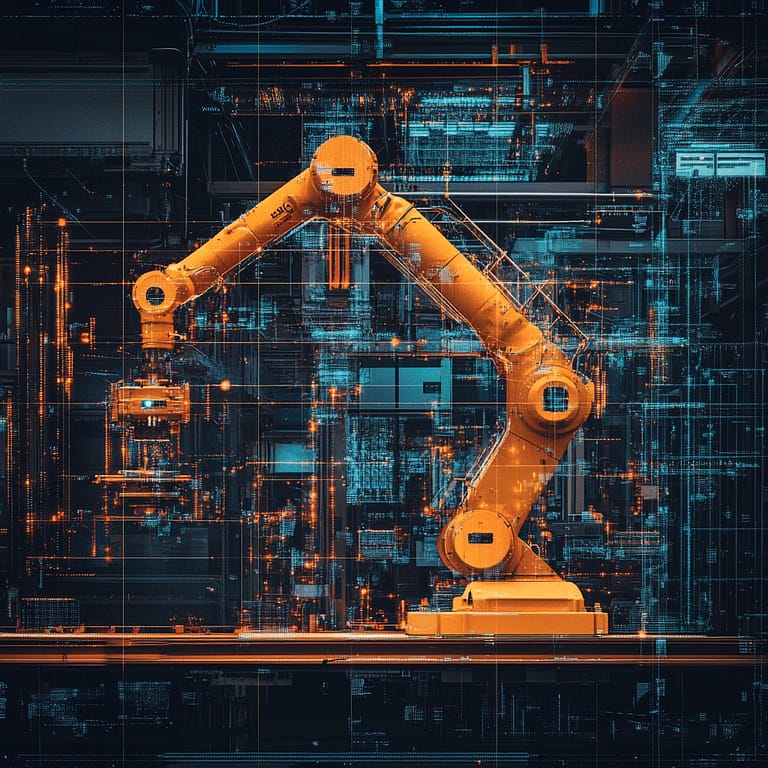In the realm of modern technology, two prominent systems stand out when it comes to monitoring and tracking assets, individuals, or vehicles: EMS (Electronic Monitoring System) and GPS (Global Positioning System) monitoring. But what is the difference between EMS and GPS monitoring?
Many people think these are interchangeable terms – but in truth, while both serve the purpose of real-time tracking, they differ significantly in their functionalities, applications, and the underlying technologies they employ.
So let’s discuss these differences and talk in depth about each of these systems.

The difference between EMS and GPS monitoring
The difference between these two systems starts with the technology they use.
EMS utilizes a diverse range of technologies tailored to specific applications. In addition to the Global Positioning System (GPS), EMS incorporates various technologies such as radio frequency (RF) signals, cellular networks, and Bluetooth.
In contrast, GPS monitoring predominantly relies on satellite signals for accurate location tracking. The system centers around GPS technology as the primary means of determining the location of the monitored entity.
While GPS is highly effective for positioning, it may lack the versatility provided by additional technologies used in EMS. For that reason, their applications are fairly different – and therein lies another big difference between the two.
The scope of applications for EMS is extensive, encompassing healthcare, industrial monitoring, and criminal justice, among many others.
GPS monitoring, on the other hand, has a more focused range of applications. It is primarily used for location-based tracking, finding its niche in navigation systems, fleet management, and personal tracking.
While highly effective for these specific purposes, the applications of GPS monitoring are comparatively narrower than those of EMS.
EMS Overview
Electronic Monitoring Systems (EMS) refer to a range of technological solutions designed to monitor and track various activities using electronic devices and sensors. These systems have become integral across diverse fields, providing real-time data collection, analysis, and reporting capabilities.
EMS relies on a variety of sensors and electronic devices to collect data. These include GPS trackers, RFID (Radio-Frequency Identification) tags, biometric scanners, and cameras.
The primary function of EMS is to collect and record data continuously. This data may include location information, physiological parameters, environmental conditions, or other relevant metrics.
Advanced analytics tools are often integrated into EMS to process the collected data. This analysis helps derive meaningful insights, patterns, and trends, facilitating informed decision-making.
EMS also often includes communication functionalities, enabling devices to transmit data to central servers or other connected devices. This ensures seamless connectivity and data exchange.
EMS generates reports and alerts based on predefined criteria. This feature is crucial for timely response to critical situations or deviations from established norms.

GPS overview
The Global Positioning System (GPS) is a revolutionary satellite-based navigation system that has transformed the way we understand and navigate our world. It has evolved into an essential tool for a wide range of civilian and commercial uses.
At its core, GPS operates through a constellation of satellites orbiting Earth. These satellites continually emit signals that are received by GPS receivers on the ground. The key to the system’s accuracy lies in the triangulation of signals from multiple satellites.
By measuring the time it takes for the signals to reach the receiver from various satellites, the GPS device can precisely calculate its three-dimensional position—latitude, longitude, and altitude.
One of the most widespread applications of GPS technology is in navigation systems, where it serves as the backbone for turn-by-turn directions and real-time mapping.
Beyond navigation, GPS has found extensive use in logistics and fleet management. Companies can track the movement of vehicles in real-time, optimize routes for efficiency, and monitor fuel consumption.
Moreover, the integration of GPS technology into smartphones has ushered in an era of location-based services (LBS). From finding nearby restaurants to sharing your live location with friends, LBS applications leverage the accuracy of GPS to enhance the functionality and convenience of mobile devices.
IoT: the future of the technology
The Internet of Things (IoT) has ushered in a new era for these technologies. The difference between EMS and GPS monitoring is being leveraged to combine the two in a revolutionizing way of tracking and monitoring many different assets across the industry.
The future of EMS and GPS in the IoT is likely to see increased reliance on edge computing. Processing data closer to the source reduces latency, enhances real-time decision-making, and minimizes the need for extensive data transmission, addressing bandwidth constraints.
Machine learning algorithms will play a pivotal role in extracting meaningful insights from the vast amounts of data generated by EMS and GPS in the IoT. Predictive analytics and anomaly detection can significantly enhance the efficiency and effectiveness of monitoring systems.
The rollout of 5G networks will further propel the capabilities of EMS and GPS in the IoT. High-speed, low-latency connectivity will enable more seamless communication between devices, opening up new possibilities for applications that demand instant and reliable data exchange.

Working with dedicated IoT companies
As we step into the future, the difference between EMS and GPS monitoring within the IoT landscape promises to become even more undistinguishable, and their convergence will revolutionize how we interact with the world around us.
Although the potential applications are incredibly vast, the technology is complex, and responsible development and deployment, along with a commitment to security and privacy, will be essential to ensure that this technological evolution benefits society as a whole.
So it is very important to work with companies specializing in this kind of service, like we here at Datanet IoT. We are proud to be part of that revolution in technology by offering state-of-the-art services, with our specialty being asset and environmental tracking solutions.
So if you’re thinking about being part of that revolution and placing your company ahead in the future, don’t hesitate to contact us so we can start helping you with this process ASAP.




